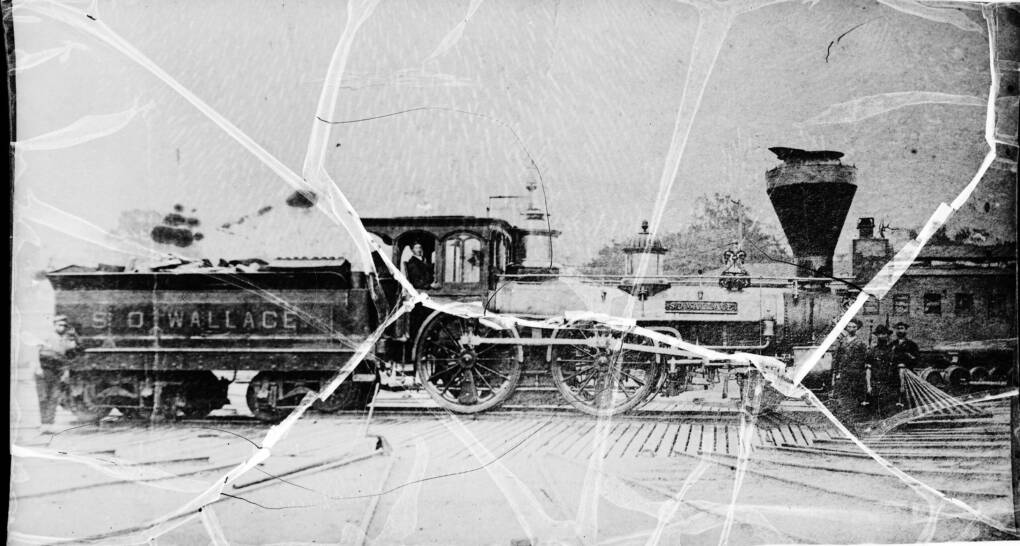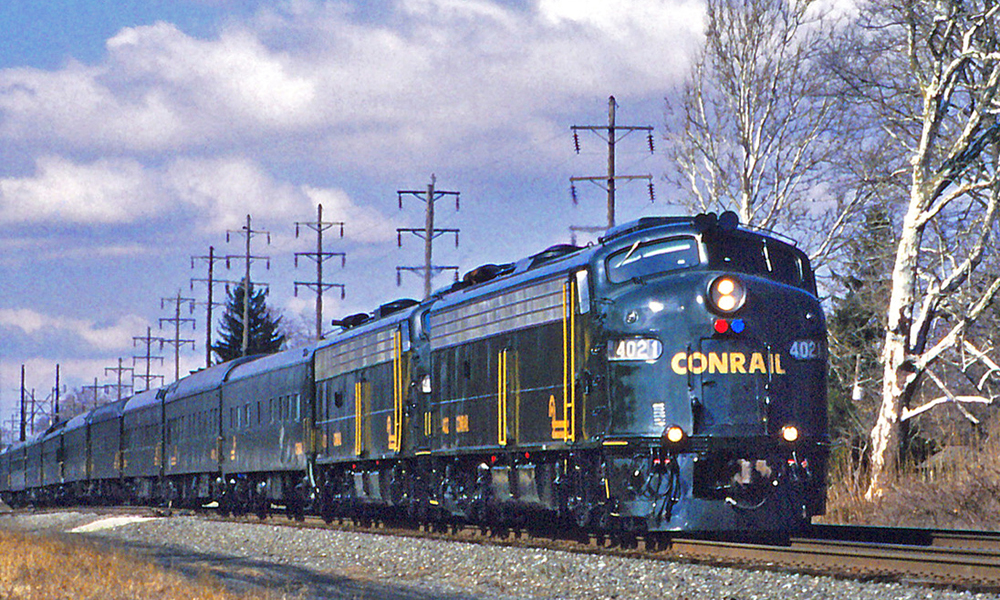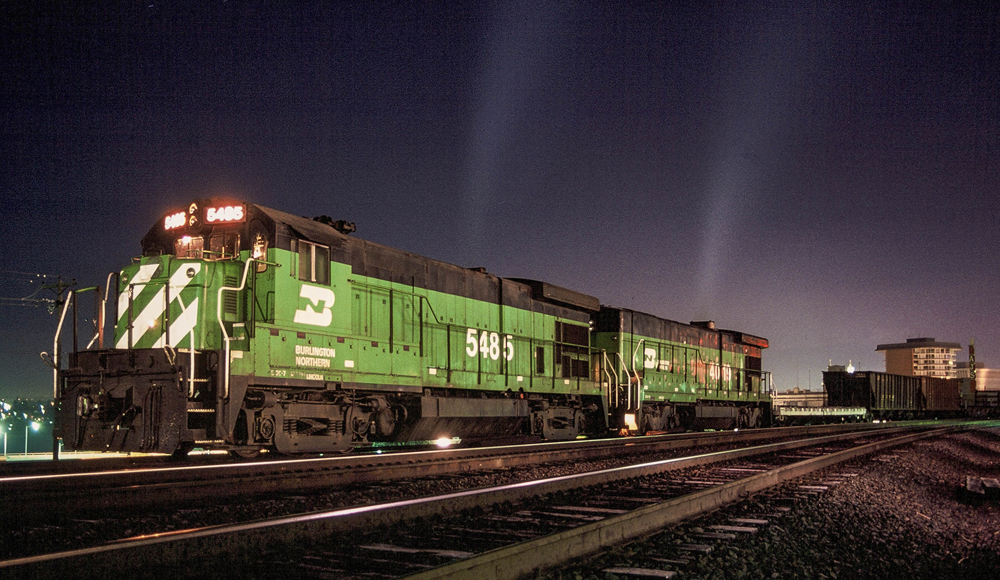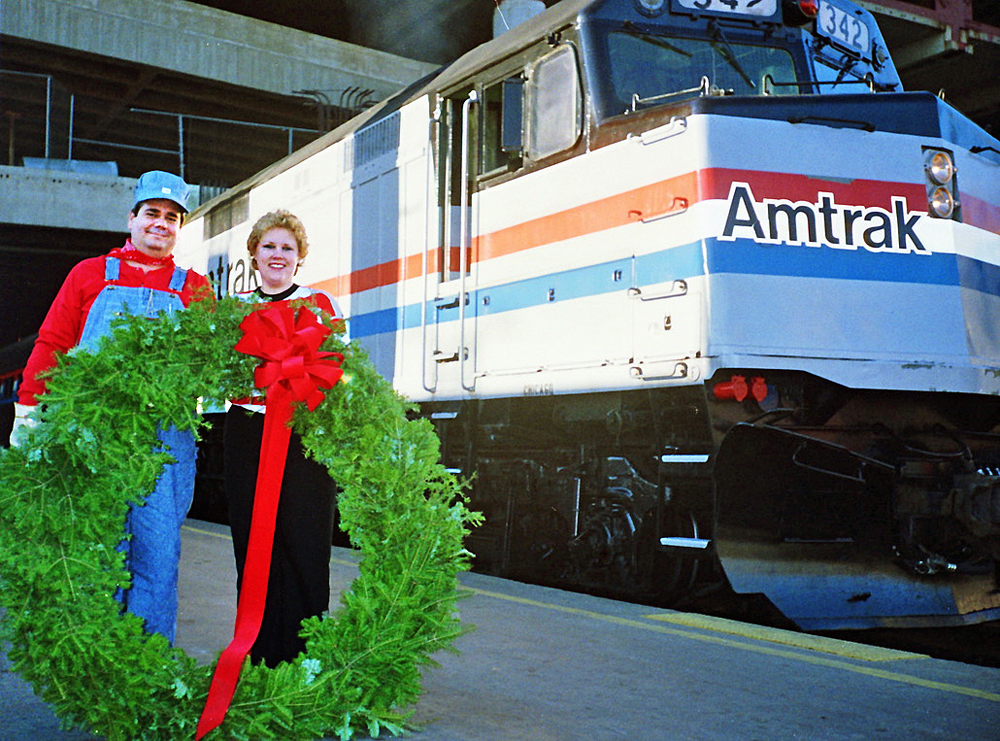But why this number? And how did its adoption become so widespread?
Using modern-day analysis of some famous mountain railroad grades, Trains Magazine’s September 2011 issue explores the origins and adoption of 2.2 percent as the standard maximum grade in mountainous terrain in the 19th century.
Using modern analytical techniques of railroad track profiles, author Doug Welsh examined and compared the grades of Baltimore & Ohio’s “West End” route across the Alleghenies, as well as the Western mountain crossings of the Northern Pacific, Canadian Pacific, Great Northern, Milwaukee Road, and Canadian National.
You’ll find his complete work in the following PDF package, which includes grade profiles and comparisons of Baltimore & Ohio as well as the northern transcontinental railroad crossings of the Rocky Mountains, Cascades, and other Northwest mountain ranges.
For more, pick up the September 2011 issue of Trains Magazine.













